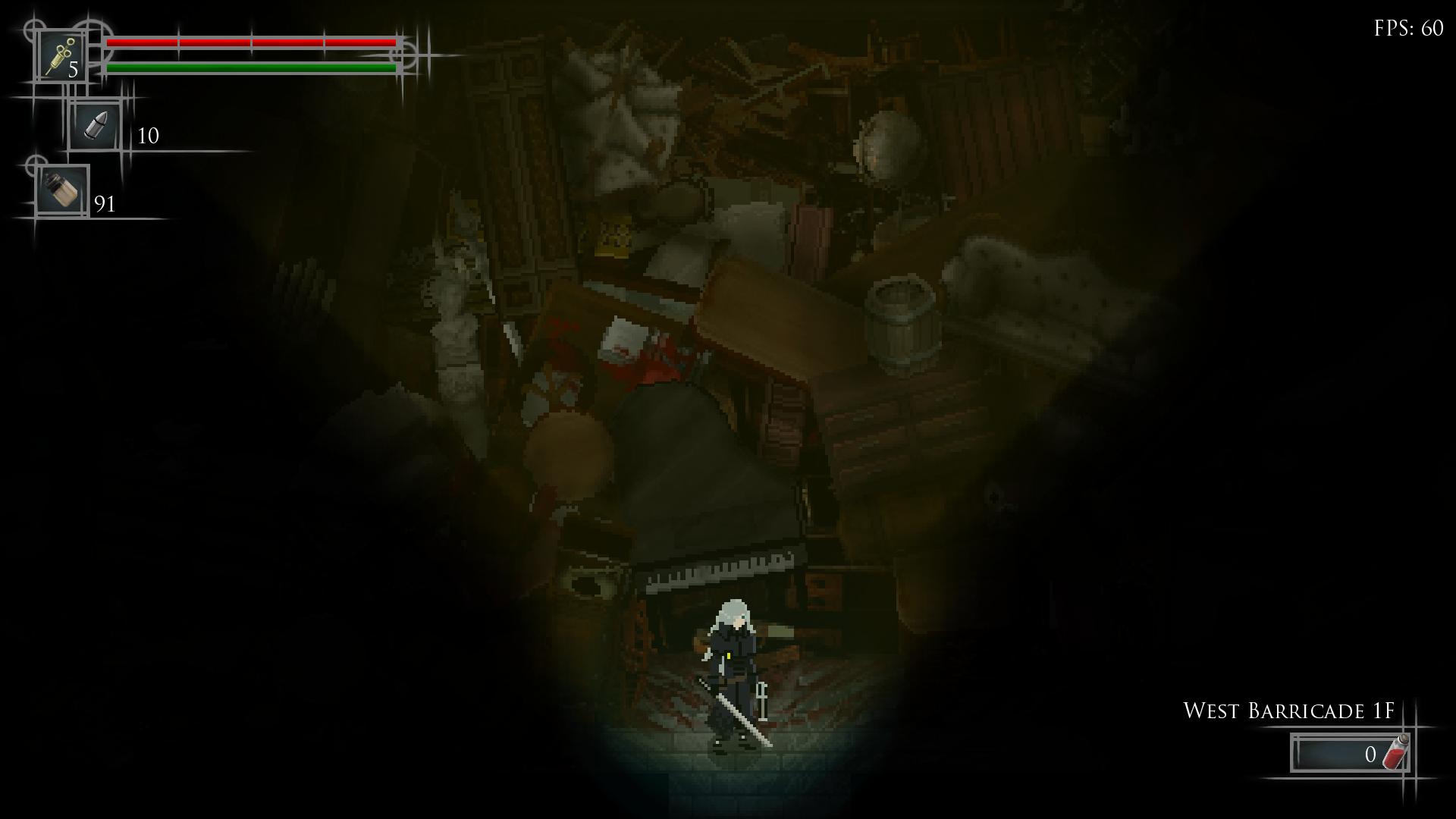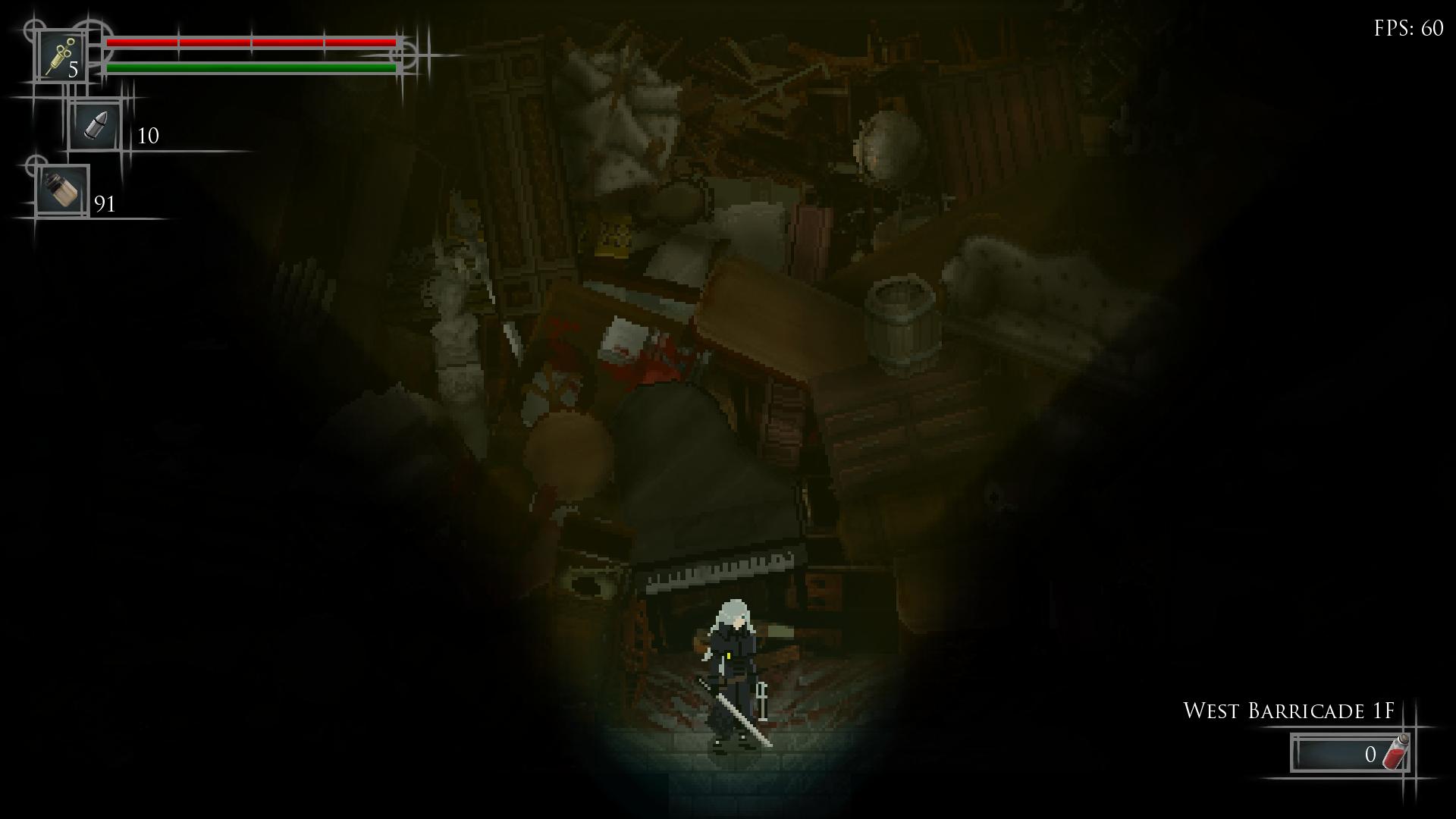

Since these houses are generated randomly you’ll never know where you can run and hide to until you have done some exploring first. When a nightmare section begins you’ll have a very short period of time to explore nearby rooms.
#Shrouded in sanity review how to
For example, the protagonist will explain how to fix light bulbs, but it’s up to the player to decide when it’s a good idea to do this and when it’s best to keep the lights off. The plot itself is very abstract in that regard.Ī few of the game’s mechanics are explained in the first nightmare section, however you are left to fend for yourself from very early on. However, this is only my interpretation of what’s going on. The reason I refer to these phases as ‘nightmares’ is because I’m assuming that these phases are what the protagonist is dreaming about, and that the overworld is his real life experience of interrupted sleep. In order for time to pass in the overworld, you have to survive many nights in randomly generated houses which resemble the overworld house, but can be structured very differently. The reason I say “Here’s where the confusion begins” is because the nightmare phases themselves involve surviving a night in the haunted house. You have to take the protagonist outside of the house to inspect the forest, and on returning to the house you then have to endure the ‘nightmare’ segment which is where the main gameplay takes place. Once he’s moved a segment of time forward he cannot proceed any further without going through the phase cycle. During this segment the protagonist will often speak to the player, conveying his thoughts and feelings at the time.

Rather than be able to wait until sunrise, the protagonist can wind a segment of time forward by finding a clock which will appear somewhere randomly in the house. In this segment the protagonist is safe and alone in his house, however time does not move naturally.

The overworld is essentially an interactive cutscene, and this is the part that the protagonist has to survive through to beat the game. There are 3 repeating phases to the gameplay which I refer to as ‘the overworld’, ‘the outside’ and ‘the nightmares’.

The goal of the game is for the protagonist to survive through the night until sunrise. For example, in one segment he talks about how he cannot report on anomalies that he can’t explain scientifically, such as new stars appearing in the sky. Recently he has been struggling with sleep and has convinced himself that he is suffering from delusions. His father and grandfather were both scientists before him, all of which used this location to conduct research into the atmosphere and surrounding nature. He lives alone in a large house / laboratory in the middle of a forest. What can be determined is that the protagonist is a scientist. Some of this dialogue will make sense, however most of his statements will either be up for interpretation or are designed to confuse and bewilder. The protagonist spends a lot of time talking throughout this game, although he doesn’t actually tell you very much. Any back story behind the game is either told via the protagonist himself or from strange notes that can be found scattered around the house. The back story, like many of the game’s mechanics, is shrouded in mystery. Essentially Knock-knock is a haunted house game in which you play as an unnamed protagonist whose aim is to survive several nights within his ghost invested home.
#Shrouded in sanity review Pc
It’s more like an interactive meditation…” And the award for the most pretentious opening to a video game goes to Knock-knock, an unusual survival horror game which was originally released on PC in 2013 and has recently been re-released for the PS4. “What you see before you is not exactly what one would call “a game”.


 0 kommentar(er)
0 kommentar(er)
